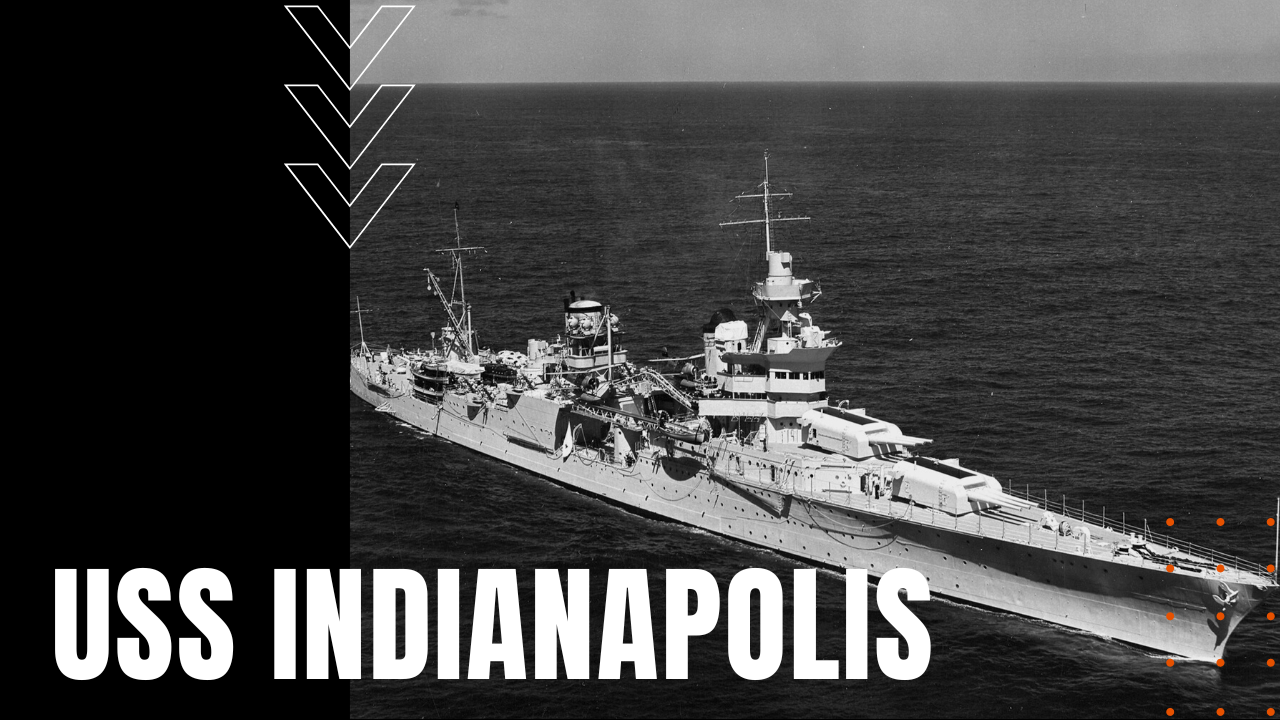USS Indianapolis: Top-Secret Mission Ends in Disaster

Early in July, 1945, the heavy cruiser USS Indianapolis was ordered on a top-secret mission to deliver the Uranium 235 core and other components for the atomic bomb intended for Hiroshima to the South Pacific island of Tinian.
Following successful delivery, the Indianapolis set sail for the island of Guam, where she would rejoin the rest of the American Pacific Fleet for their anticipated final push for Japan.
The sinking of the USS Indianapolis
Instead, shortly after midnight on July 29th, in low visibility conditions atop the Philippine Sea, the ship was struck by two torpedoes fired from a Japanese submarine, and while the ship’s captain, Charles McVey, had requested an escort for protection, his request was denied due to the top secret nature of her mission.
Of the 1,196 men aboard ship, when the Indianapolis rolled onto her side and sank in less than twelve minutes, 300 men went down with the ship, while 890 went into the water in what would become a four-day ordeal of hunger, dehydration, saltwater poisoning, exposure and shark attacks.
Of the original nearly 1,200 crewmen aboard the USS Indianapolis, only 317 survived their four-day ordeal through grit, courage and determination, and while Captain McVey was court-martialed in what many believed was a case of scapegoating for the three Naval officers who had received and failed to act upon the Indianapolis’ destress calls during her final moments above water.
McVey’s Death Before Blame Cleared
McVey committed suicide in 1968, while he was posthumously cleared of any wrongdoing in 1996, thanks to the dogged efforts of survivors, legal professionals and ex-military personnel, making the USS Indianapolis disaster, a study in sacrifice, courage and fortitude during the final days of World War Two.
